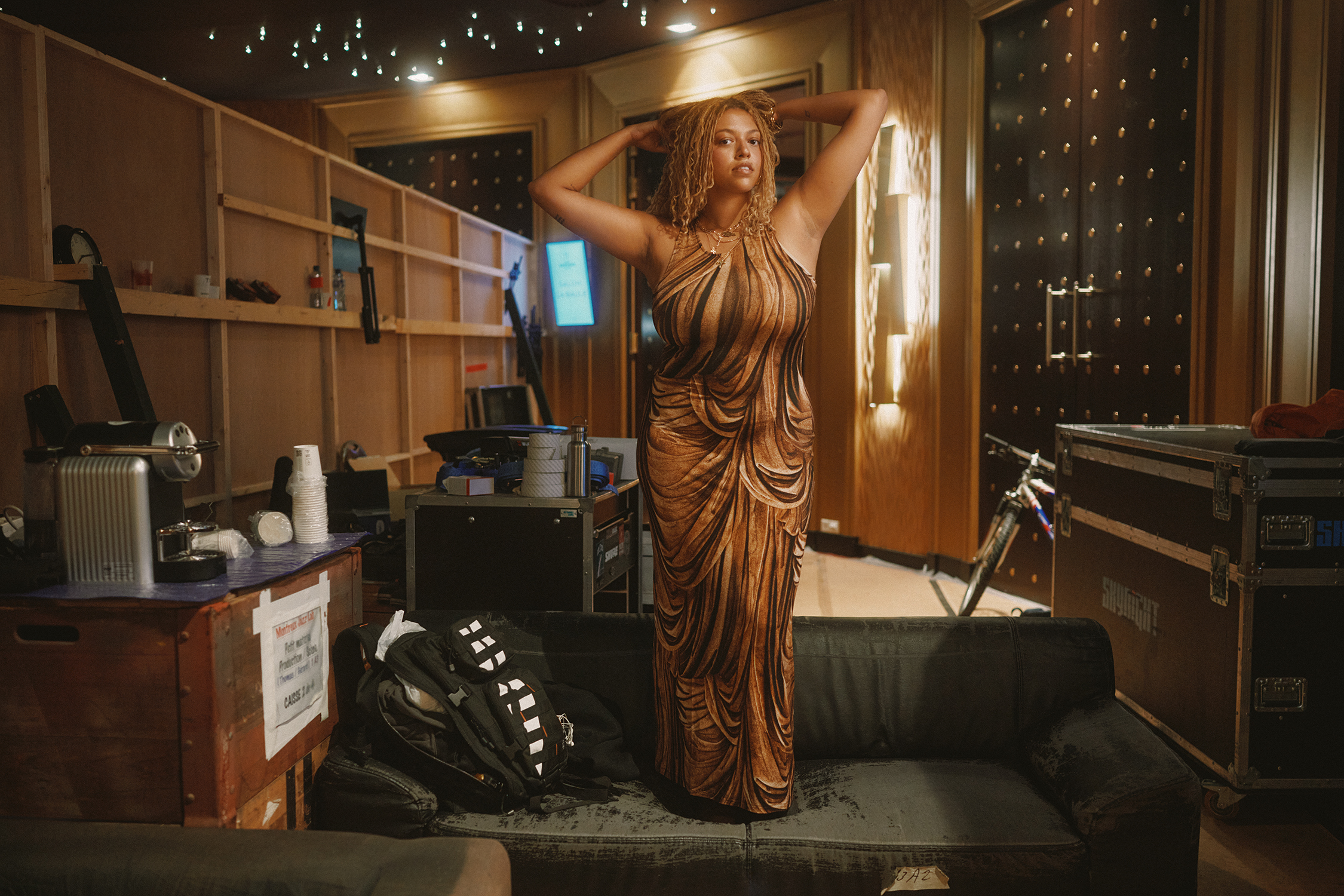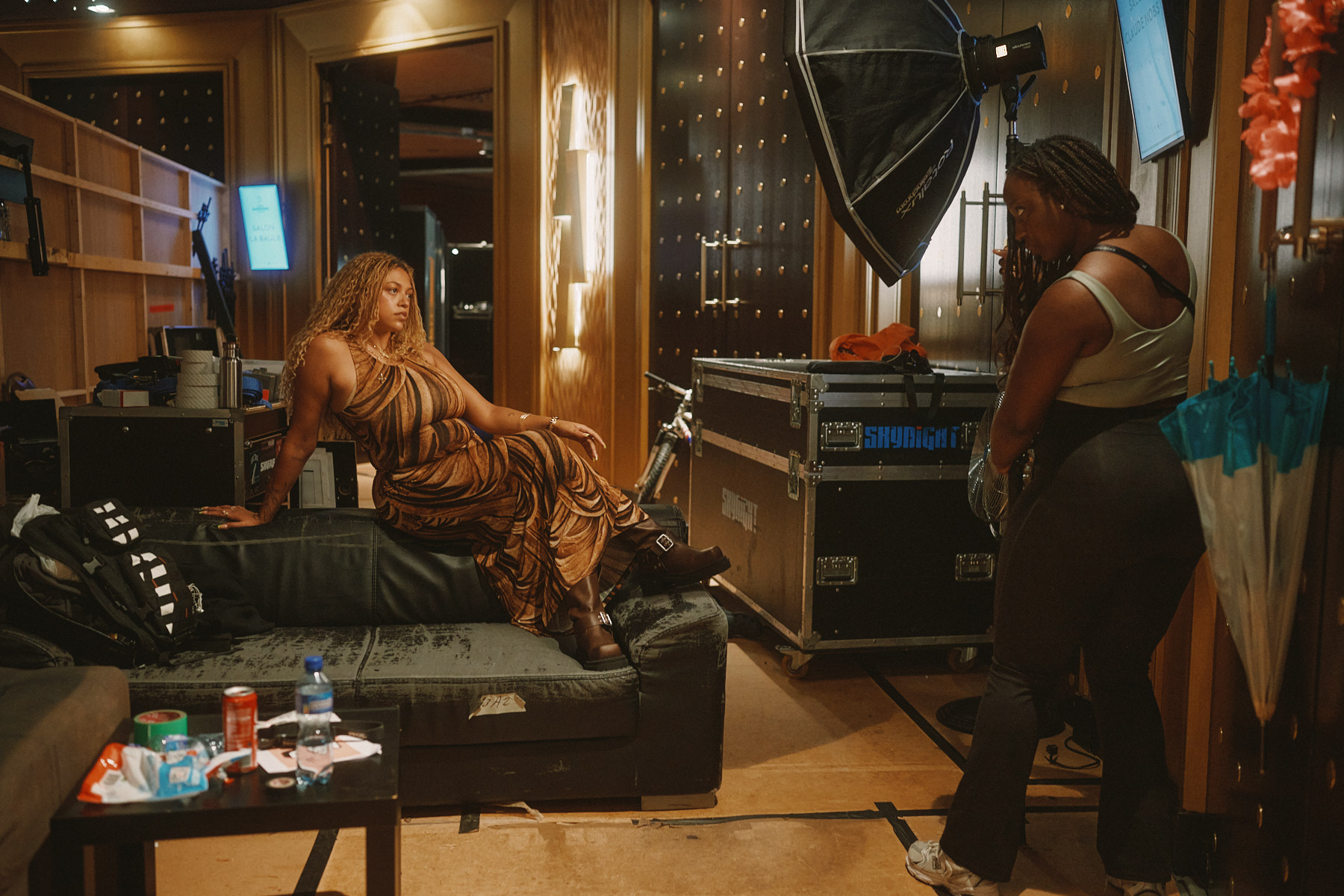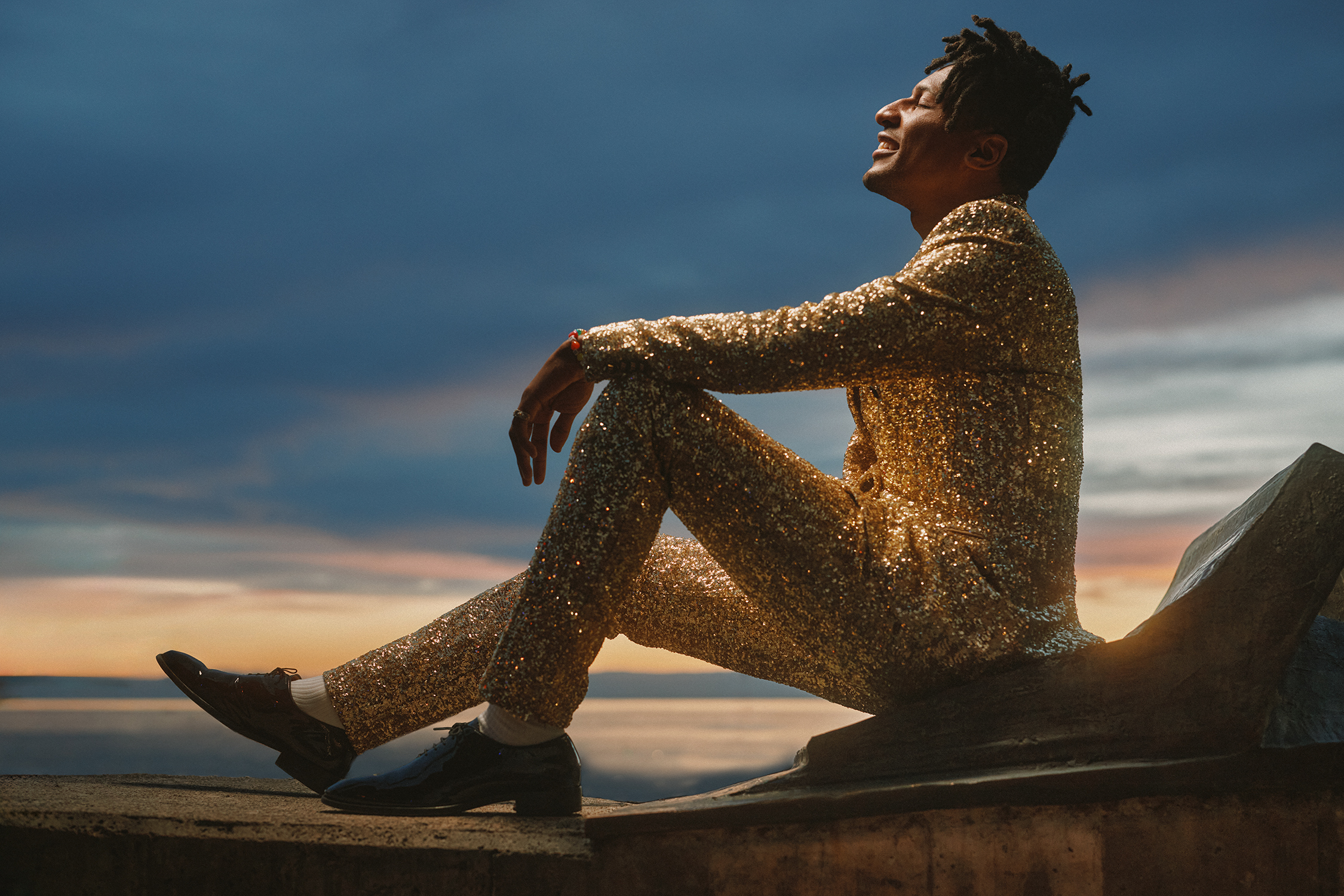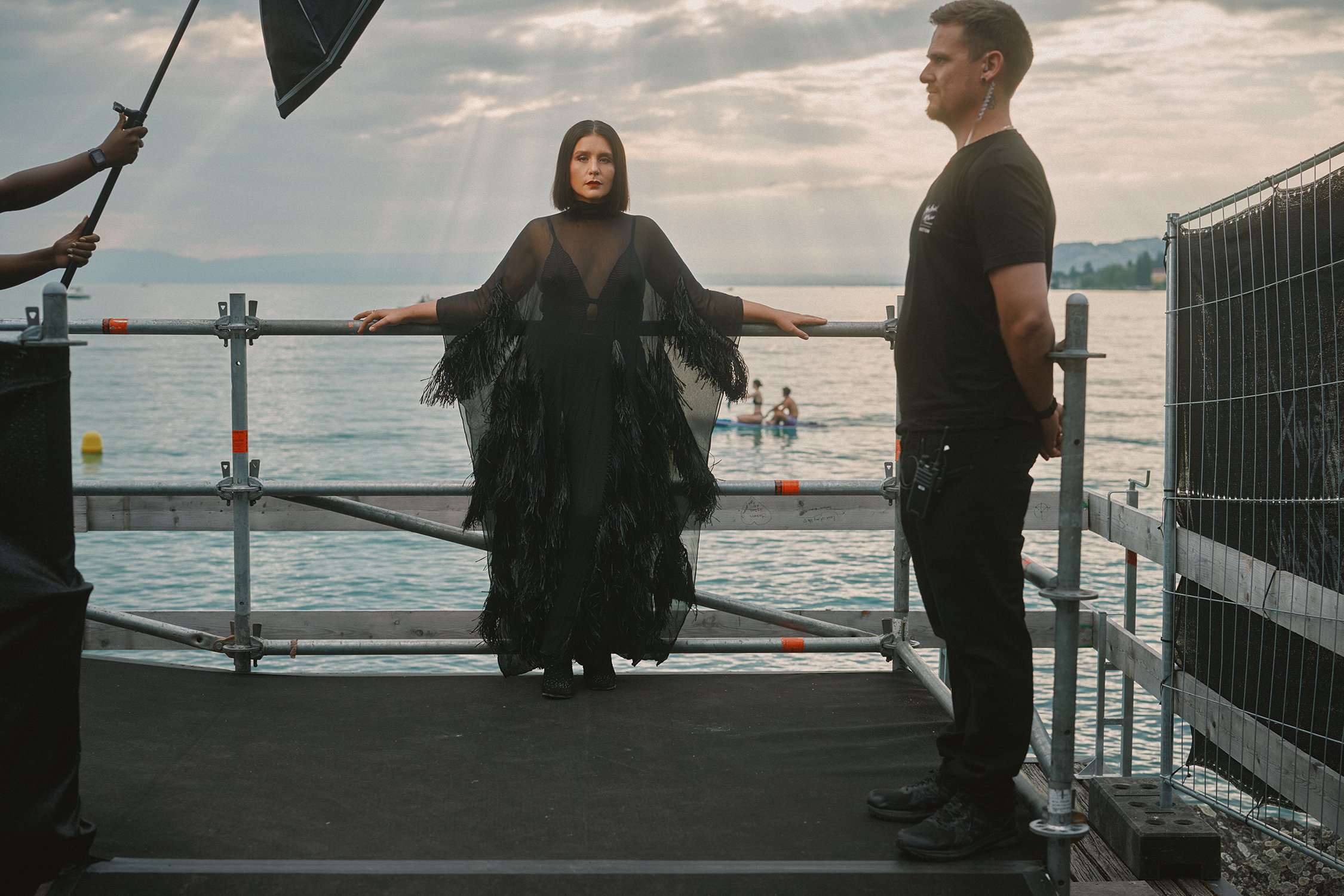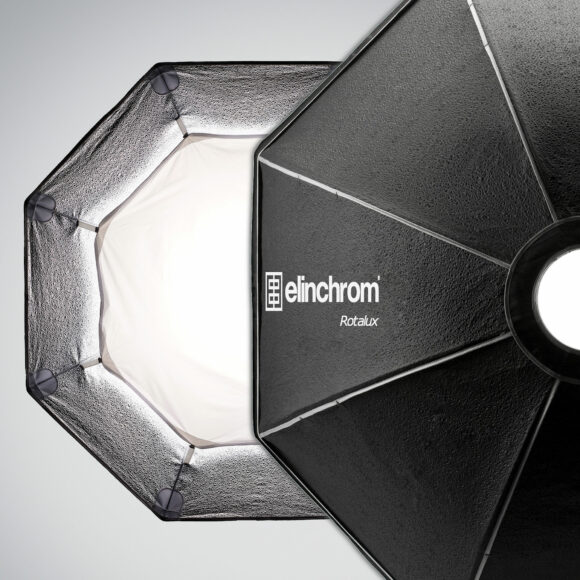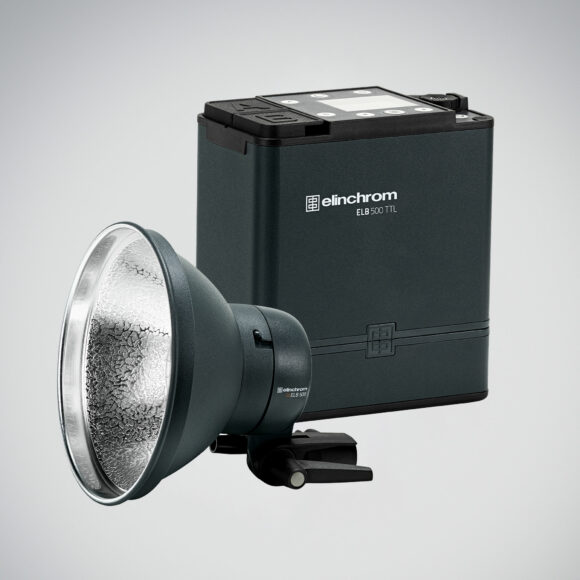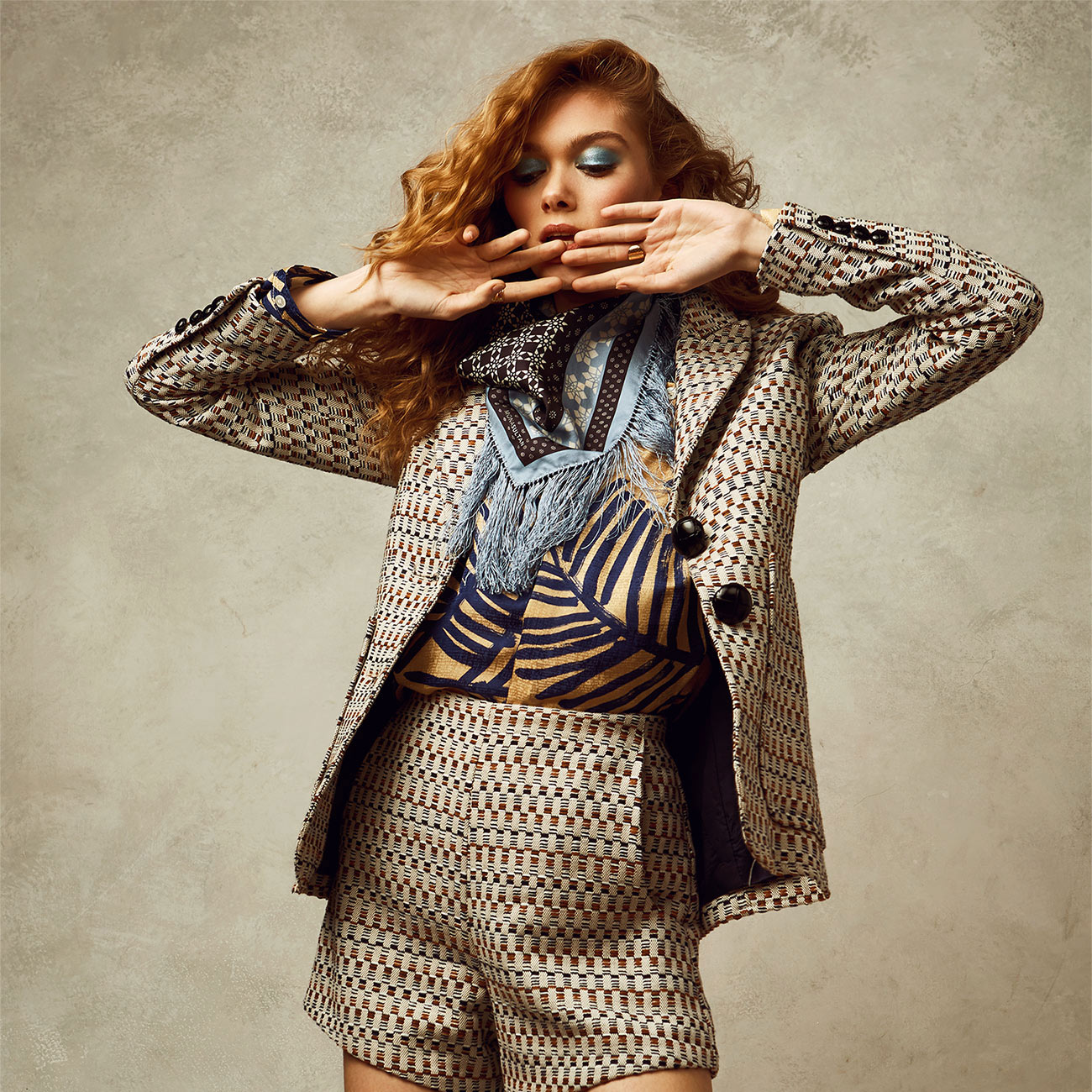Mastering backstage portraits: capturing the essence of artists at Montreux Jazz Festival
My work mainly focuses on portrait photography, often featuring celebrities. However, every three to five years, I embark on a large-scale artistic project, such as making a documentary about the geishas of Kyoto, the descendants of the Kosovo Liberation Army, or following someone training to become a priestess in Santería in Cuba.
For nearly six years, I have also been responsible for photographing artists at the Montreux Jazz Festival in Switzerland.
This task is particularly demanding, as the artists are not obliged to pose for photos, being primarily present for their performances. However, it is possible to spark their interest by showing them portraits of other artists taken during the festival. My celebrity photo catalogue plays a crucial role: it inspires trust in the artists, and as a result, 90% of them agree to let me photograph them. Additionally, they appreciate that these images will join the prestigious Montreux Jazz Festival archives, registered in UNESCO’s Memory of the World.
For the 2024 Montreux Jazz Festival, I chose the theme “backstage.”
During these photoshoots, the most sensitive moment is just before the concert, when the artists are already in their stage outfits, focused on their upcoming performance. Artists have their own preparation ritual, and it is crucial for me to adapt quickly to their energy. It is essential that everything is ready before the artist arrives, so that the shoot does not exceed two or three minutes.
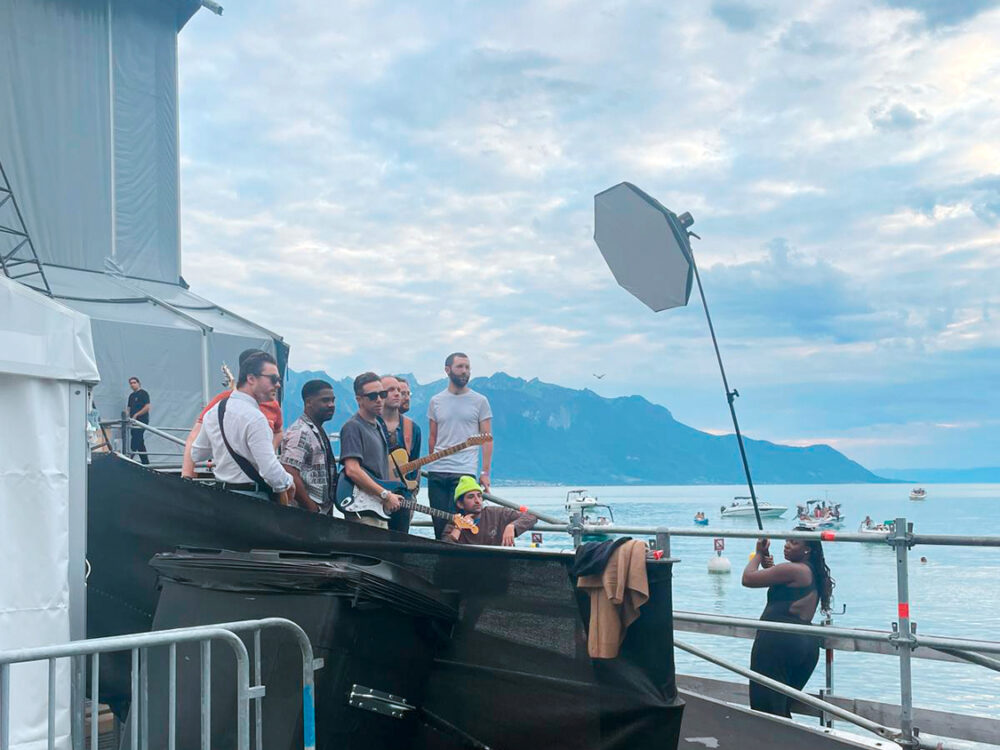
The backstage area is often dark and crowded with technicians, security guards, managers, musicians, and the artists’ entourage. Simplicity is key, while also being prepared to take creative risks to offer a unique vision to each artist.
Carefully observing the available light sources and ensuring they harmoniously complement the scene is vital. I focus closely on the quality of the light and its diffusion, as this enhances the image.
In this setup, the Elinchrom THREE is indispensable. Compact, powerful, and equipped with a sufficiently strong internal battery, it allows the use of both flash and continuous light, making preparation faster and more flexible. This versatile equipment helped me resolve many complex situations during the 2024 Montreux Jazz Festival.
In most cases, I used the Elinchrom THREE with a 100cm Rotalux Octa Softbox. For me, the 100cm Rotalux Octa Softbox is the perfect size – not too large or too deep – which makes it usable in small spaces while still providing a sufficiently large lighting surface.
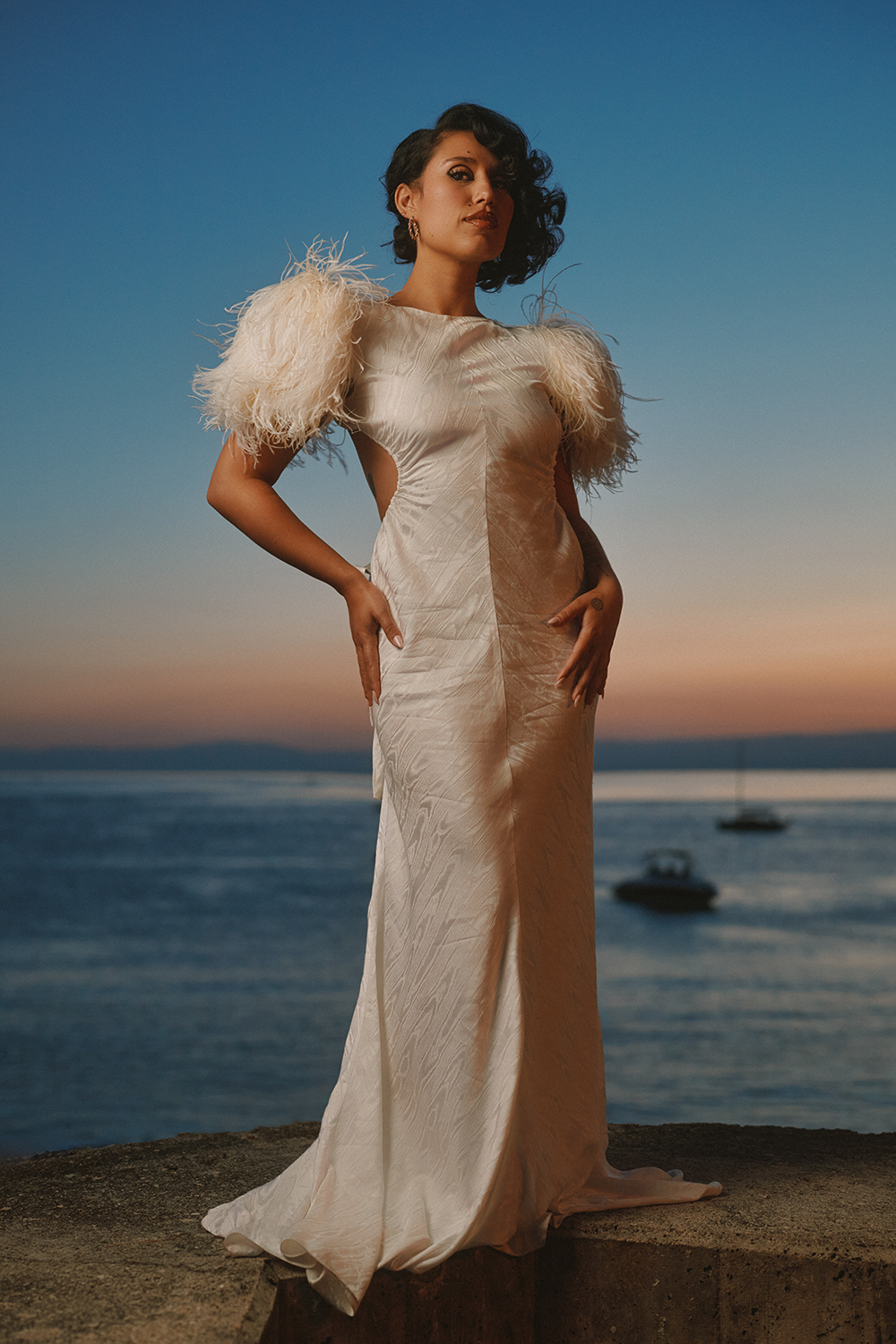
For the portrait of the artist Raye, I opted for a very simple setup: a boom arm and a 135cm Rotalux. The challenge lay in the delicate balance between the quickly fading sunset light and the use of flash. Immediately after the shoot, a video crew was set to interview the artist using a light tube. I requested that they did not move their lighting setup to preserve the look I had achieved.
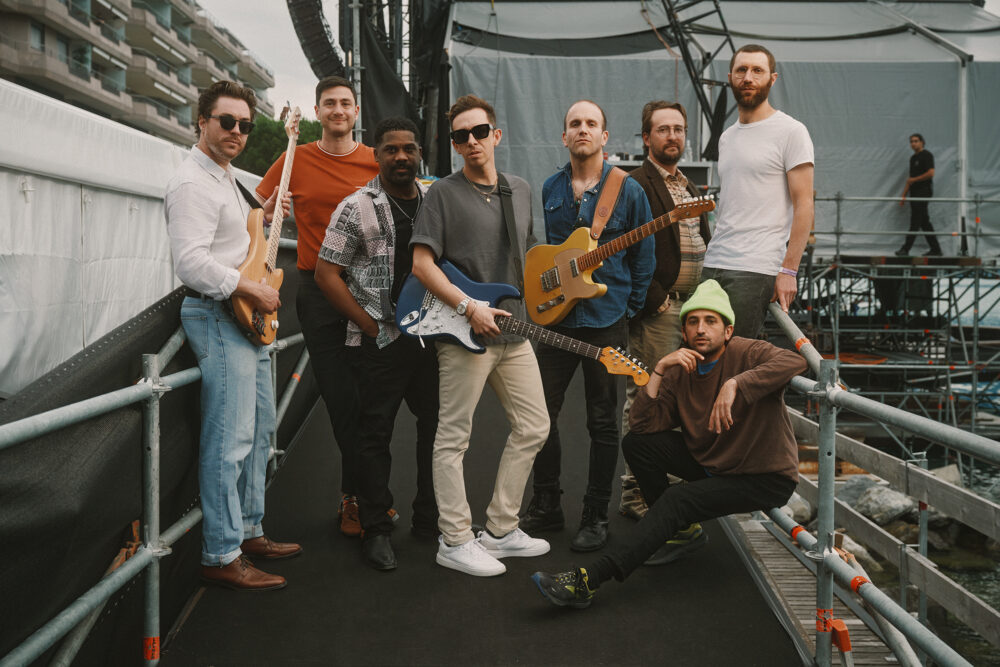
For the portrait of the group Vulfpeck, the main challenge was in the composition. Each member needed to be thoughtfully positioned, and the shoot had to be swift, as the band was about to go on stage immediately afterwards. As always, the balance between ambient light and flash was crucial for me. However, I noticed that the person on the far right of the image, wearing a white T-shirt, was slightly overexposed. I did not have time to adjust the lighting because my focus was on the overall arrangement of the group, and especially on a security guard in the background whom I was waiting to include in the image.
The portrait of the artist Mahalia was particularly complex because, despite what the image suggests, the ambient light was very low. Even at the lowest power, the flash was far too intense for this type of scene. In such situations, the continuous light of the Elinchrom THREE proves invaluable. It not only offers a softer intensity, but also allows precise adjustment of the colour temperature to match the natural lighting of the location.
I took Jon Batiste’s portrait in the same location and under similar conditions to Raye’s portrait. The only differences were the angle and the direction of the lighting with the flash, as the photo was taken later in the evening. Sometimes we have to work within the resources available, while trying to make a slight variation from one shot to the next to distinguish each artist.
For Jessie Ware’s portrait, I wanted to capture everything by carefully positioning each element: the assistant holding the flash, as well as the security guard ready for the artist’s entrance. I also quickly noticed a paddle approaching, which added an unexpected touch to the scene that I decided to include.
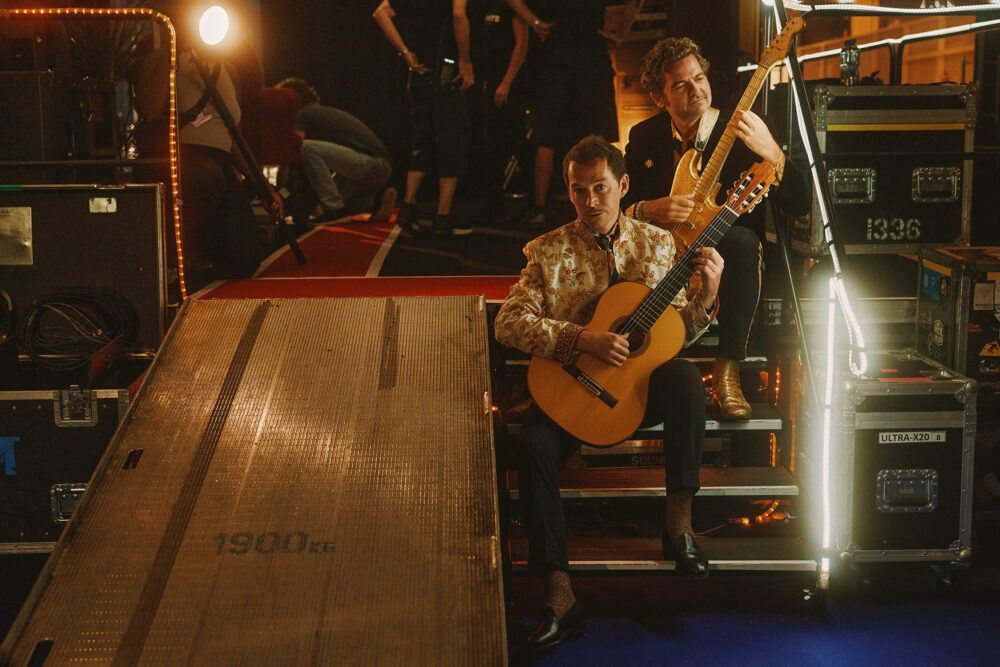
For the portrait of the artist duo Thibault Cauvin & M, I maximised the available resources. The main difficulty lay in the fact that this portrait had to be taken during the stage changeover between two artists. This meant the presence of numerous technicians preparing and moving the instruments for the next artist.
I repurposed the lighting strips, originally meant to illuminate the staircase steps. In the upper left corner of the image, you can see my assistant holding the Elinchrom THREE in continuous light mode, equipped with a dome. This setup slightly separated the artists from the background, creating better visual separation.
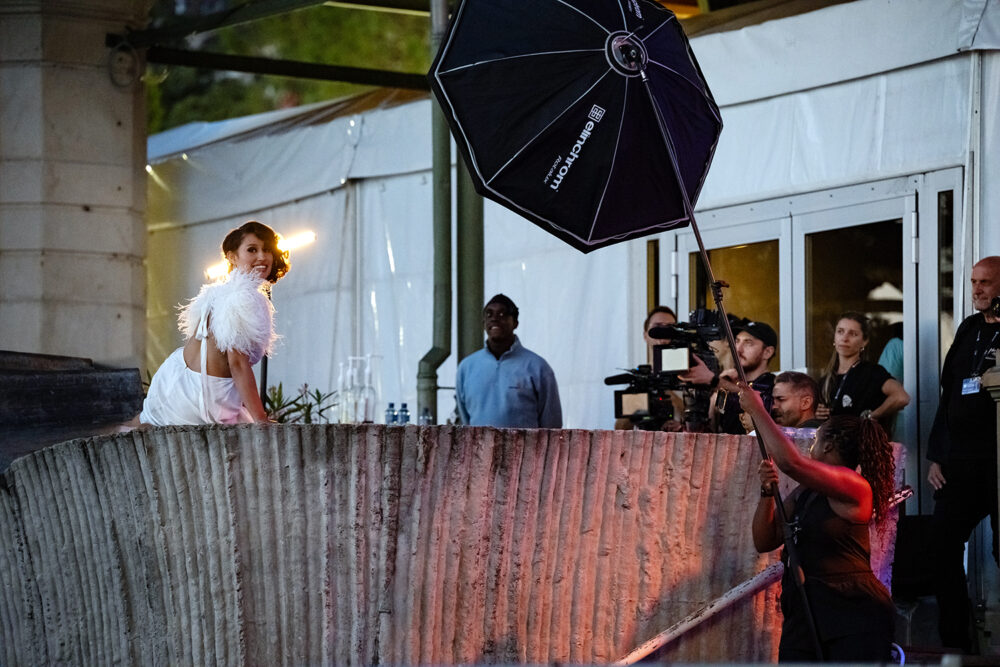
In my work as a photographer, each moment is an opportunity to capture the artist’s essence while juggling technical and human constraints. Thanks to equipment like the Elinchrom THREE, I can maintain the flexibility and creativity needed in demanding environments like the backstage of the Montreux Jazz Festival. Meticulous attention to light, the energy of the moment, and the artist’s personality create each portrait, and this alchemy produces authentic images.
Voir cette publication sur Instagram
